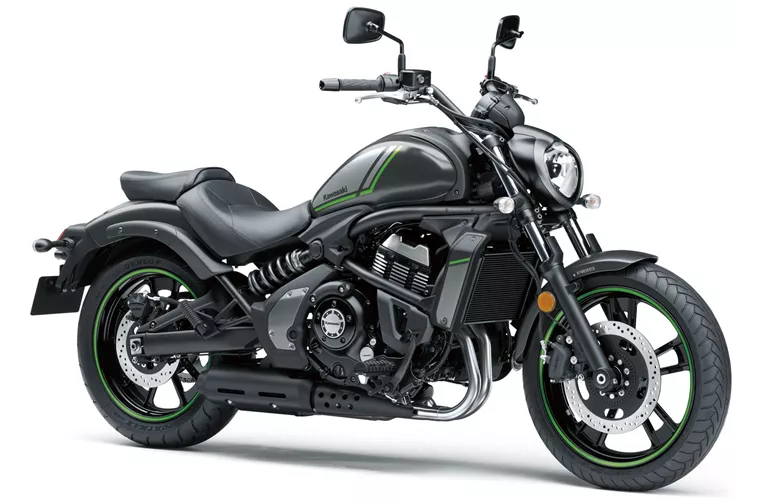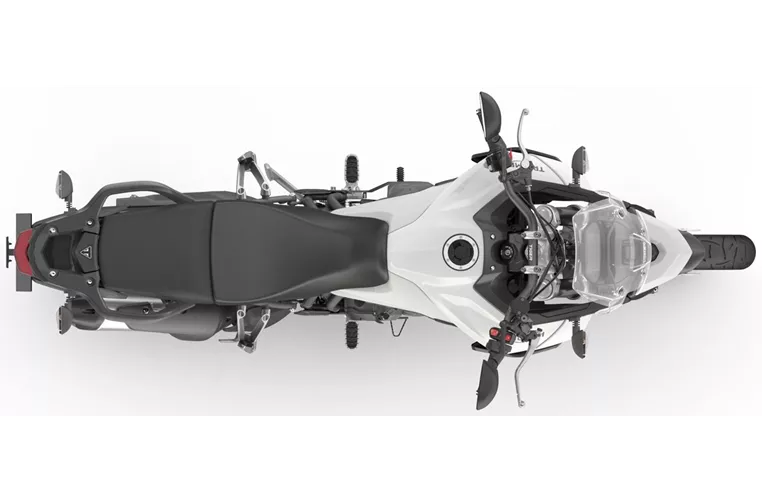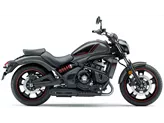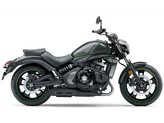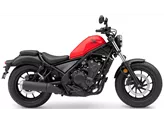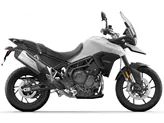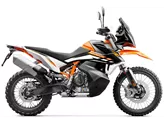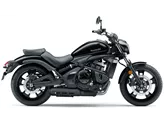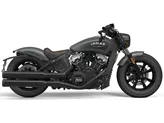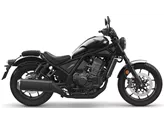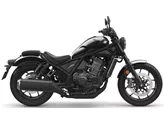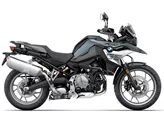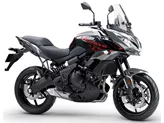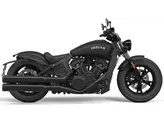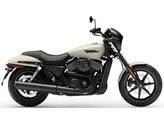Kawasaki Vulcan S 2022 vs. Triumph Tiger 900 2020
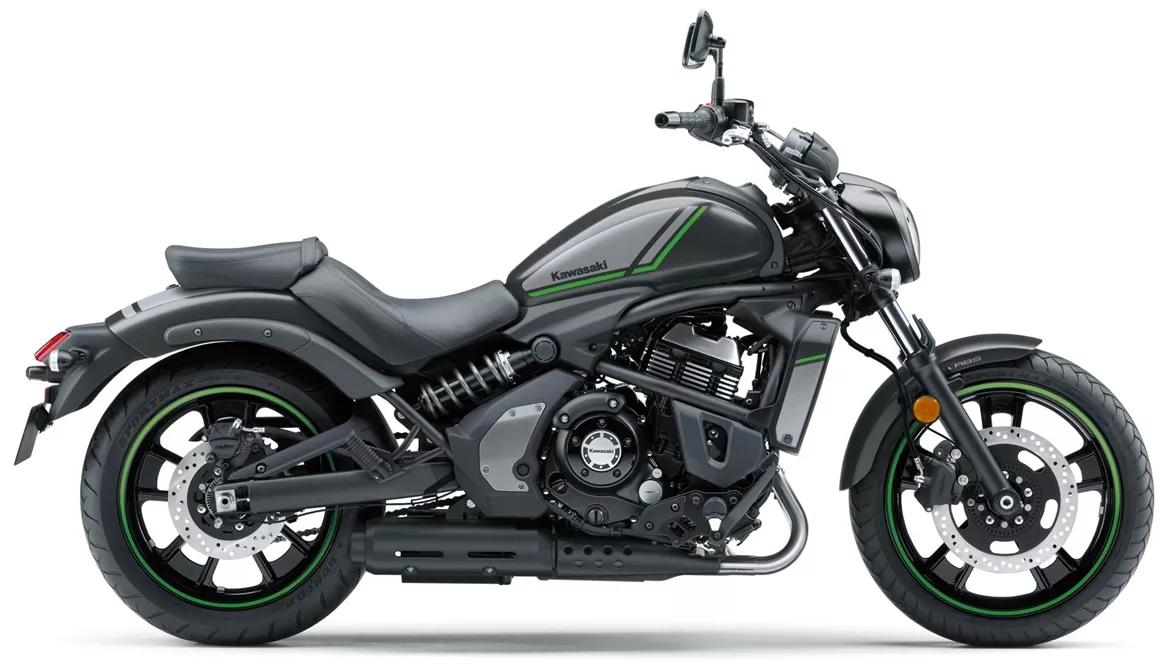
Kawasaki Vulcan S 2022
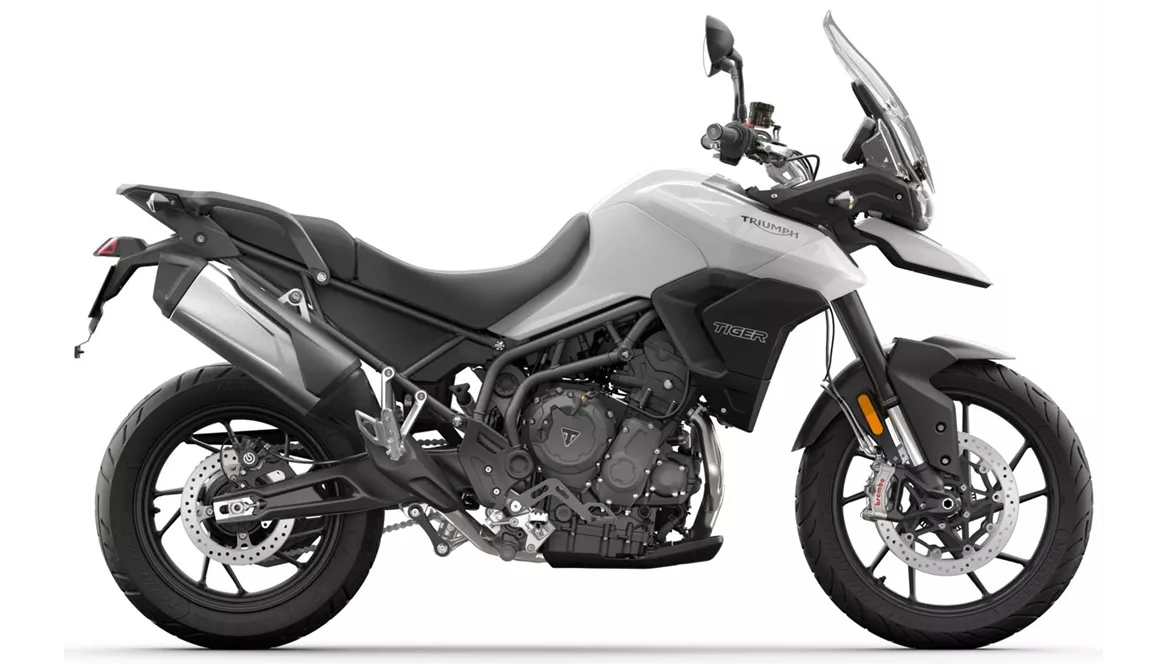
Triumph Tiger 900 2020
Loading...
Overview - Kawasaki Vulcan S 2022 vs Triumph Tiger 900 2020
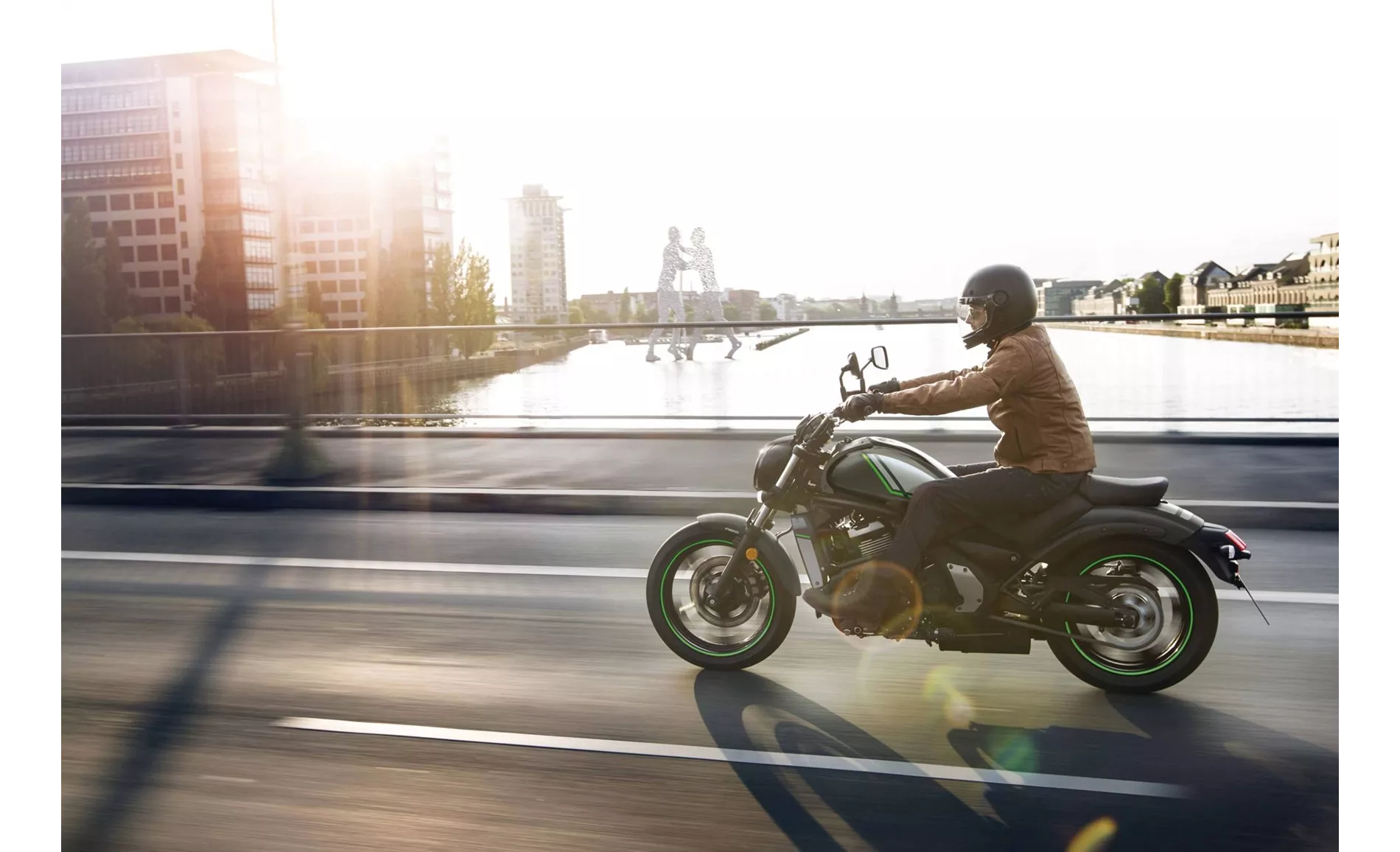
Kawasaki Vulcan S 2022
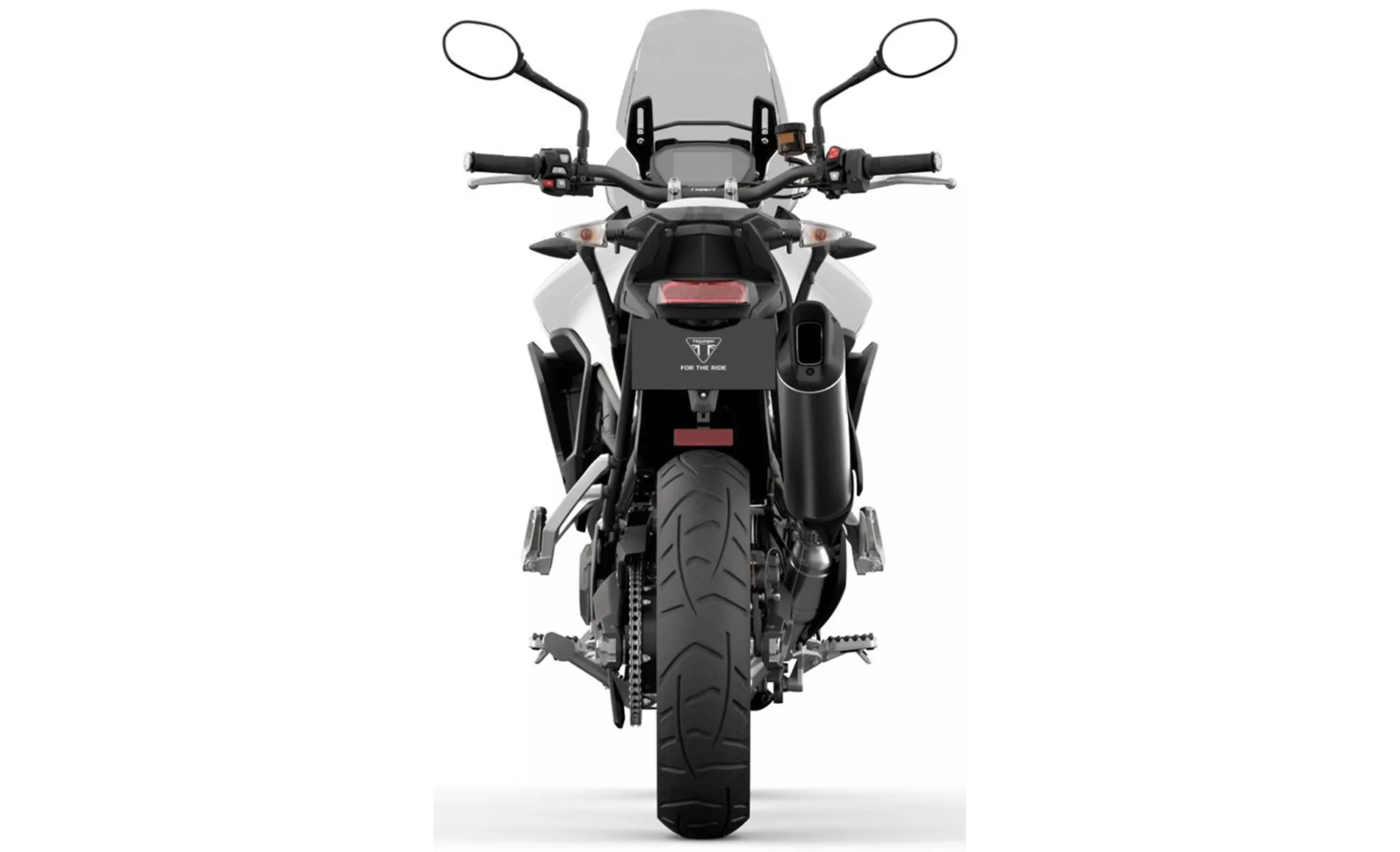
Triumph Tiger 900 2020
Technical Specifications Kawasaki Vulcan S 2022 compared to Triumph Tiger 900 2020
Pros and Cons in comparison
Pros and Cons in comparison
Kawasaki Vulcan S 2022
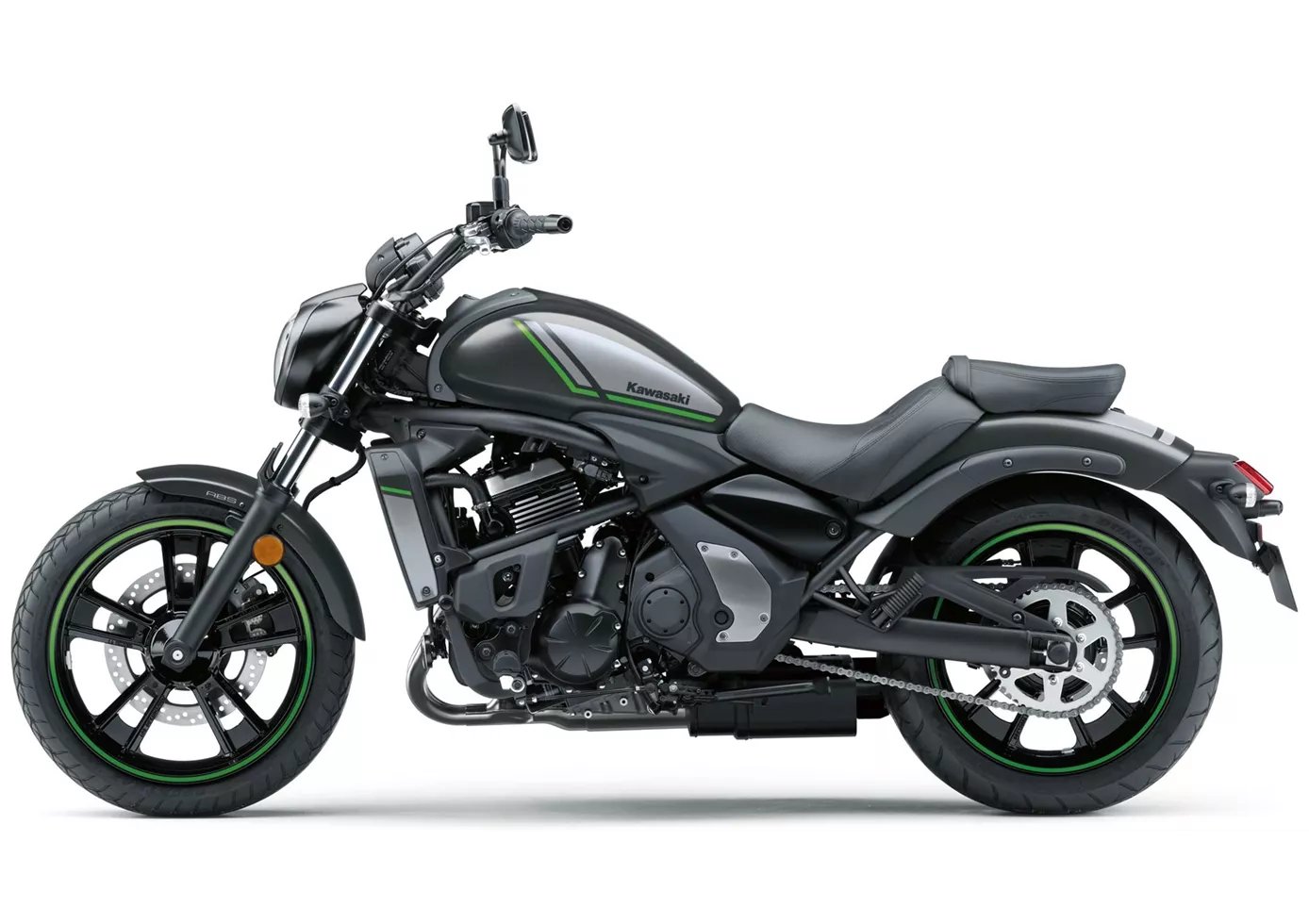
No matter which platform Kawasaki puts the 650 cubic two-cylinder in, the result is always a great motorbike! Even though the engine is unusually rev-happy for a cruiser, it results in a cruiser that actually qualifies as a sports cruiser when paired with the sporty chassis set-up. The only brake is the limited lean angle clearance, but this will not deter lovers of hearty footrest grinding. With such a good bike, we hope that Kawasaki will follow suit - after all, the Vulcan S has been with us almost unchanged since 2015.
Triumph Tiger 900 2020
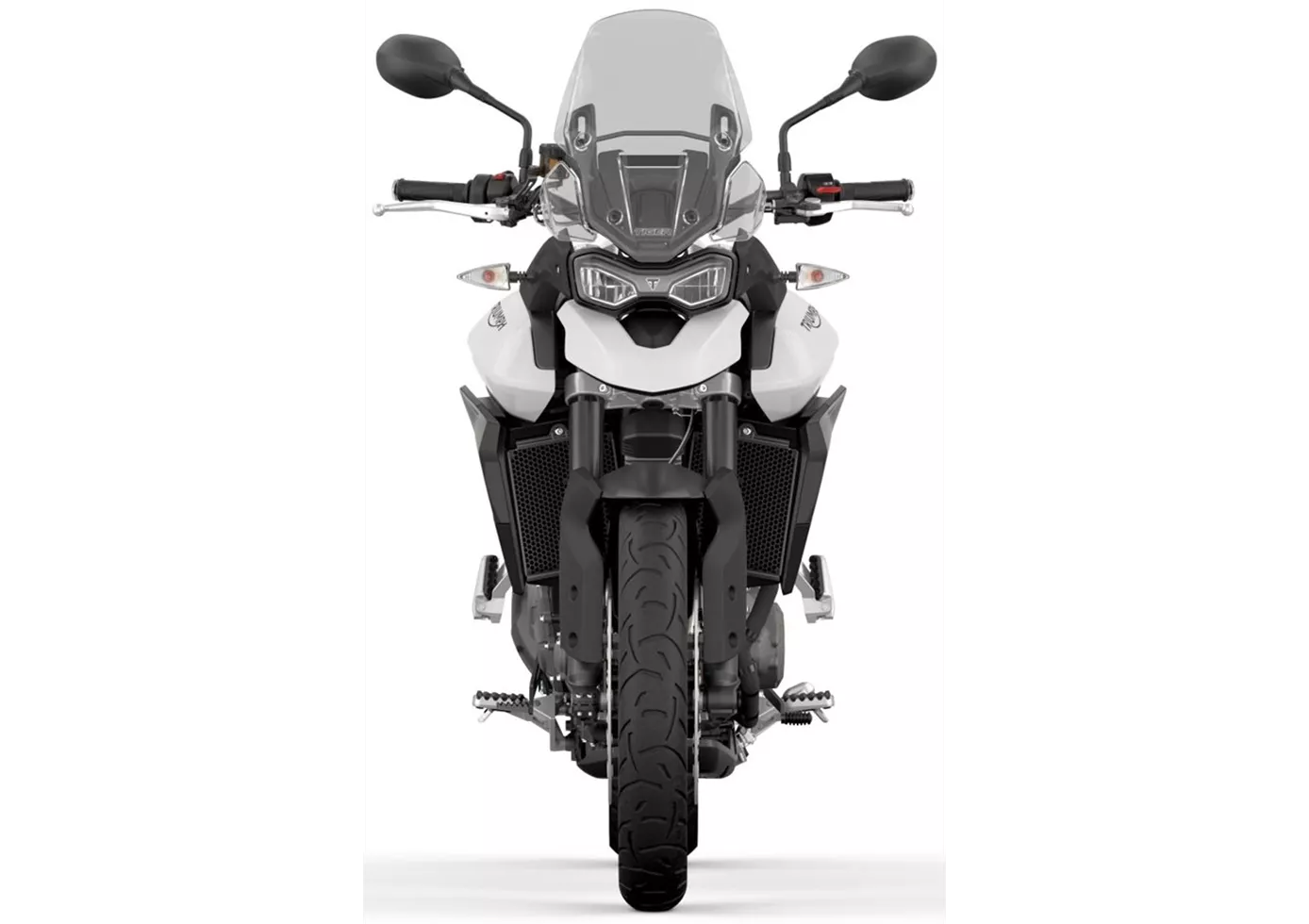
Unfortunately, our editors did not test this model.
Price Comparison Avarage Market Price Kawasaki Vulcan S vs Triumph Tiger 900
Price Kawasaki Vulcan S
Model year
Current average market prices
Price Triumph Tiger 900
Model year
Current average market prices
